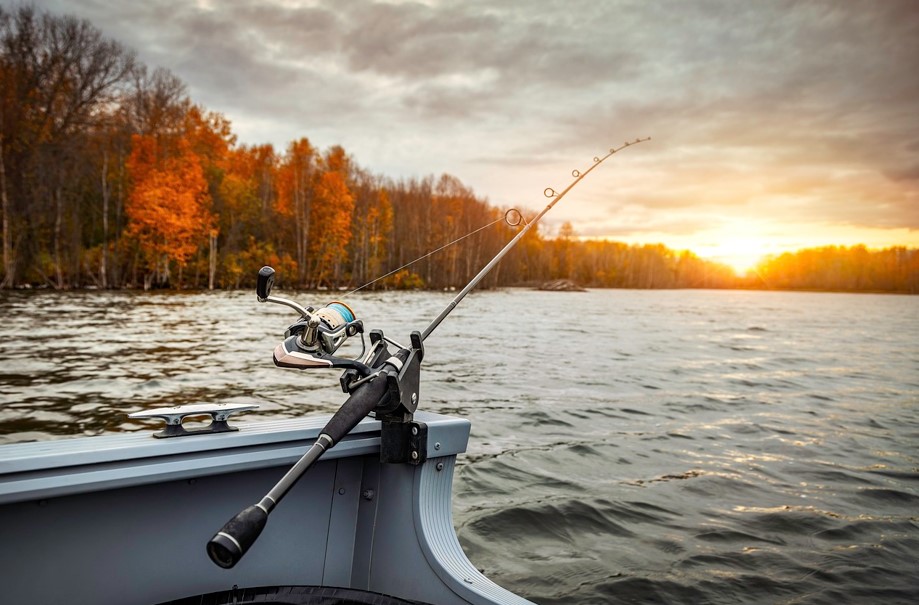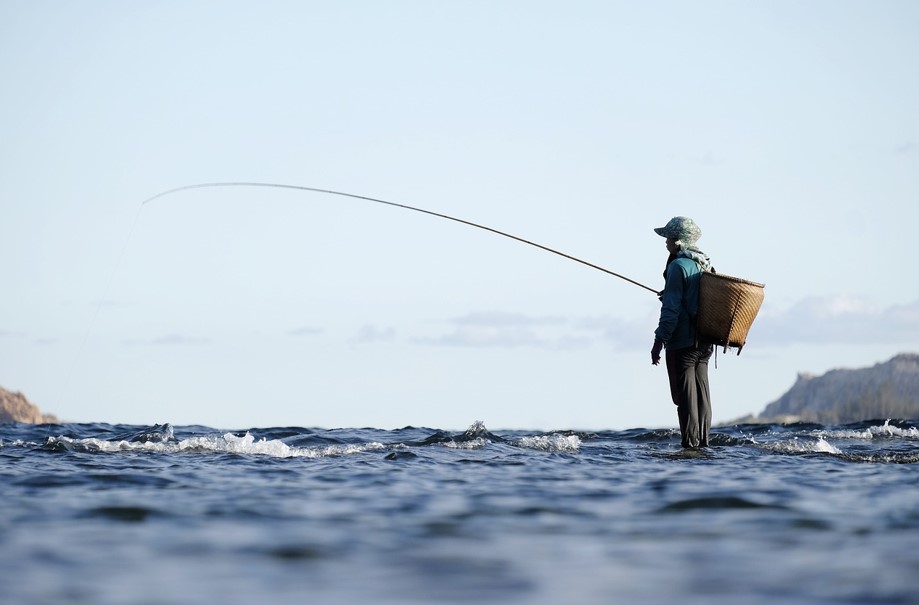Redfish, often called red drum, are among the most sought-after gamefish along the Texas coast. Their power, striking copper scales, and willingness to hit a variety of baits make them a favorite target for anglers of all skill levels. Whether you’re wading shallow flats, fishing from a kayak, or booking a guided trip, understanding where to find redfish, when to target them, and what baits to use can make the difference between a slow day and a cooler full of fish.
Where to Catch Redfish in Texas
Texas is blessed with one of the richest coastal fisheries in the country. Redfish thrive in both shallow estuaries and nearshore Gulf waters. Here are some of the best locations to find them:
-
Galveston Bay System: Known for its extensive marshes and channels, Galveston offers year-round redfish opportunities. Look for schools tailing in the back lakes during warmer months.
-
Matagorda Bay: Famous for its grass flats and oyster reefs, this area is prime for wade fishing. Many anglers target slot reds in waist-deep water using live or artificial baits.
-
Corpus Christi & Upper Laguna Madre: The crystal-clear flats here make sight-casting possible. Redfish often cruise the grass lines and sandy potholes.
-
Port Aransas & Aransas Pass: Jetties and bay systems here hold bull reds, especially in the fall. The passes are hotspots during migration runs.
-
South Padre Island: Known for trophy-class reds, this region produces some of the largest catches in Texas, particularly near the Brownsville Ship Channel.
When to Target Redfish
Timing can significantly impact success. While redfish are available year-round, certain months and conditions offer peak opportunities:
-
Spring (March–May): Rising water temperatures bring redfish onto shallow flats where they feed aggressively.
-
Summer (June–August): Early mornings and evenings are best due to heat. Reds often school in shallow bays at dawn.
-
Fall (September–November): The prime season for bull reds. Large schools move into passes and jetties during spawning runs, creating excellent action.
-
Winter (December–February): Reds gather in deeper channels and near mud flats where water stays warmer. Fishing can still be productive on calm, sunny days.
Top Baits for Redfish
Redfish are versatile feeders, striking both natural and artificial offerings. Your bait choice often depends on location and water clarity:
-
Live Baits:
-
Shrimp: A classic choice, especially under popping corks.
-
Mullet: Cut or live mullet work well for larger redfish.
-
Crabs: A favorite of bull reds, especially near passes.
-
-
Artificial Lures:
-
Soft Plastics: Paddle tails and shrimp imitations rigged on jigheads mimic natural prey.
-
Topwater Plugs: Walk-the-dog style lures are exciting for shallow water action.
-
Spoons: Weedless gold spoons remain a go-to choice for covering water quickly.
-
Tactics and Techniques
Understanding redfish behavior is as important as bait selection:
-
Sight-Casting: In clear waters like Laguna Madre, watch for tailing reds and present lures carefully.
-
Drift Fishing: Letting the wind move your boat over grass flats allows you to cover wide areas.
-
Jetty Fishing: Target deeper channels with heavy tackle when pursuing bull reds.
-
Kayak Fishing: Provides stealth and access to shallow back lakes where reds often hide.
Conservation and Regulations
Texas Parks and Wildlife enforces regulations to maintain healthy redfish populations:
-
Slot Limit: Typically 20–28 inches for harvest.
-
Bag Limit: Usually 3 fish per angler per day.
-
Oversized Reds: Fish over 28 inches require a special tag and are encouraged to be released to sustain spawning populations.
Why Texas Redfish Are Special
Redfish in Texas are not just about sport; they’re deeply tied to coastal culture. Local festivals celebrate red drum, and many restaurants feature them as a signature dish. Beyond that, their resilience and year-round availability make them a species that defines Texas saltwater fishing.
FAQs
Can you catch redfish from shore in Texas?
Yes. Popular spots include jetties, piers, and surf zones. Many anglers successfully land reds without a boat.
What is the best time of day to catch redfish?
Early morning and late evening are ideal, especially in summer, when reds are more active in cooler conditions.
Do redfish taste good?
Yes. Redfish have firm, mild flesh. Smaller slot fish are best for eating, while larger bull reds are better released.
What’s the difference between a redfish and a red snapper?
Redfish (red drum) are inshore species found in bays and estuaries, while red snapper are offshore fish found around reefs and rigs.
Can beginners catch redfish easily?
Absolutely. With simple setups like live shrimp under a popping cork, even first-time anglers can land redfish.
Conclusion
Texas redfish offer an unmatched blend of sport, culture, and accessibility. From the jetties of Galveston to the clear flats of Laguna Madre, these copper-colored bruisers are always within reach. By understanding where to find them, when they bite best, and what baits to use, anglers can experience some of the most rewarding fishing on the Gulf Coast. Whether you’re after a trophy bull or a tasty slot fish for the grill, Texas redfish never disappoint.


